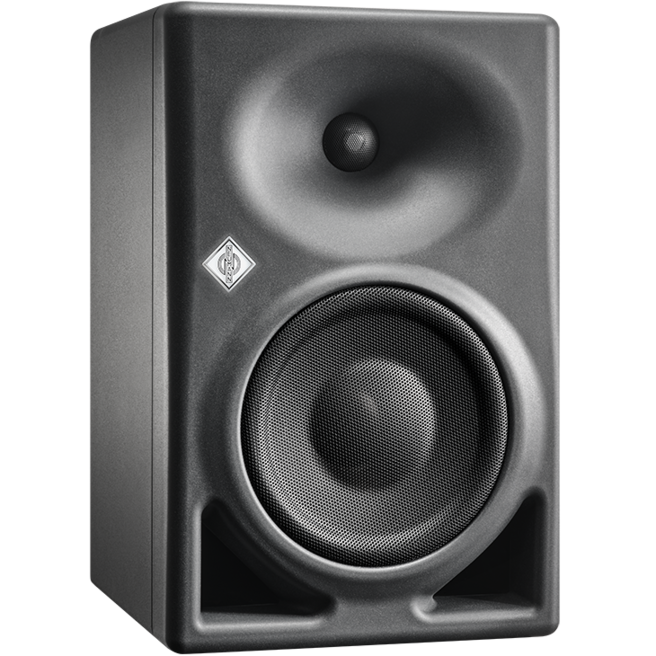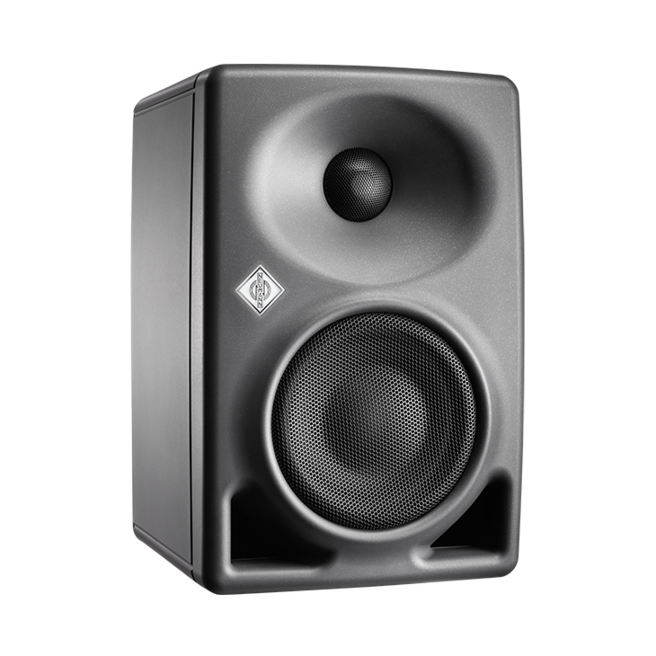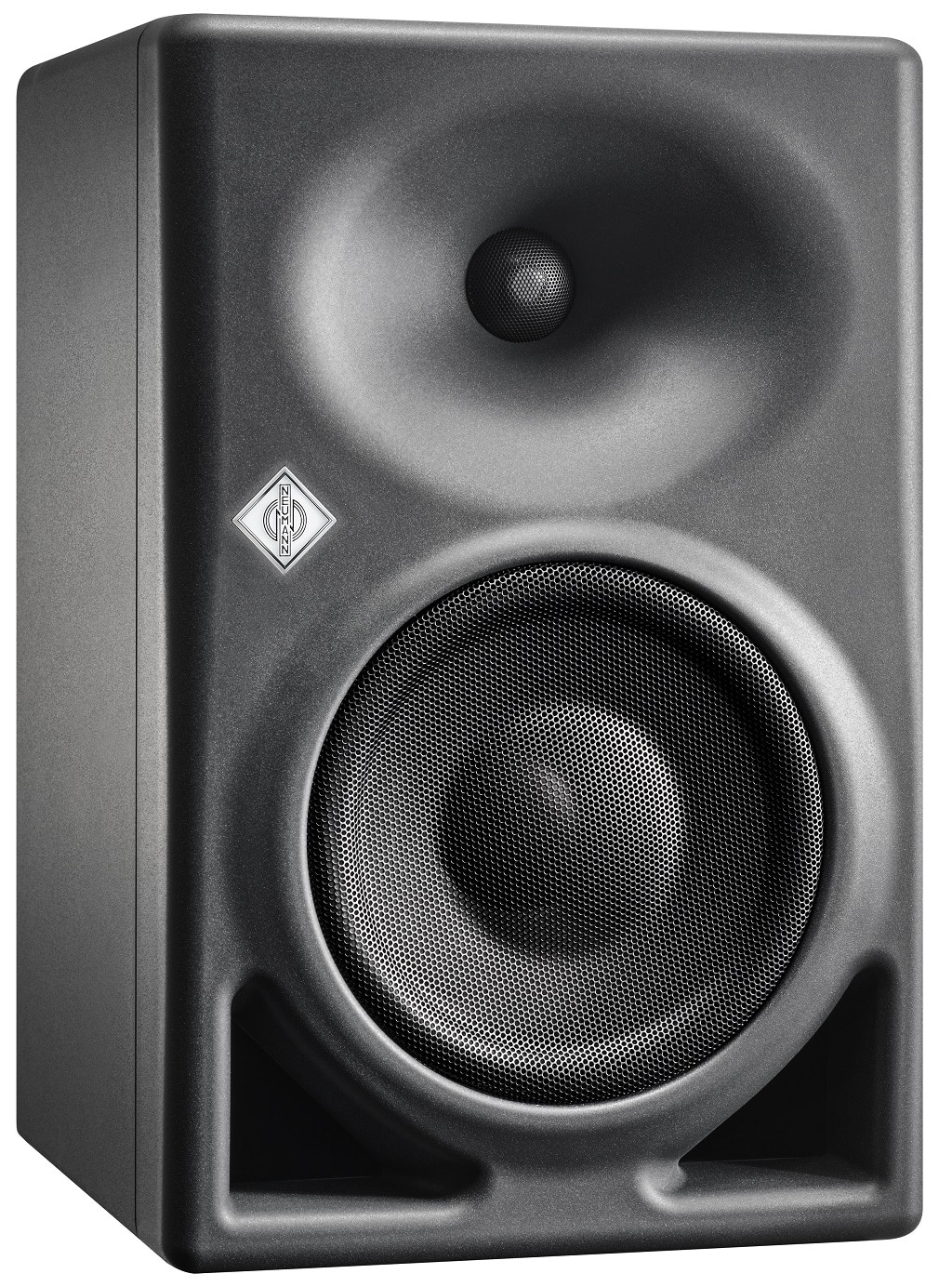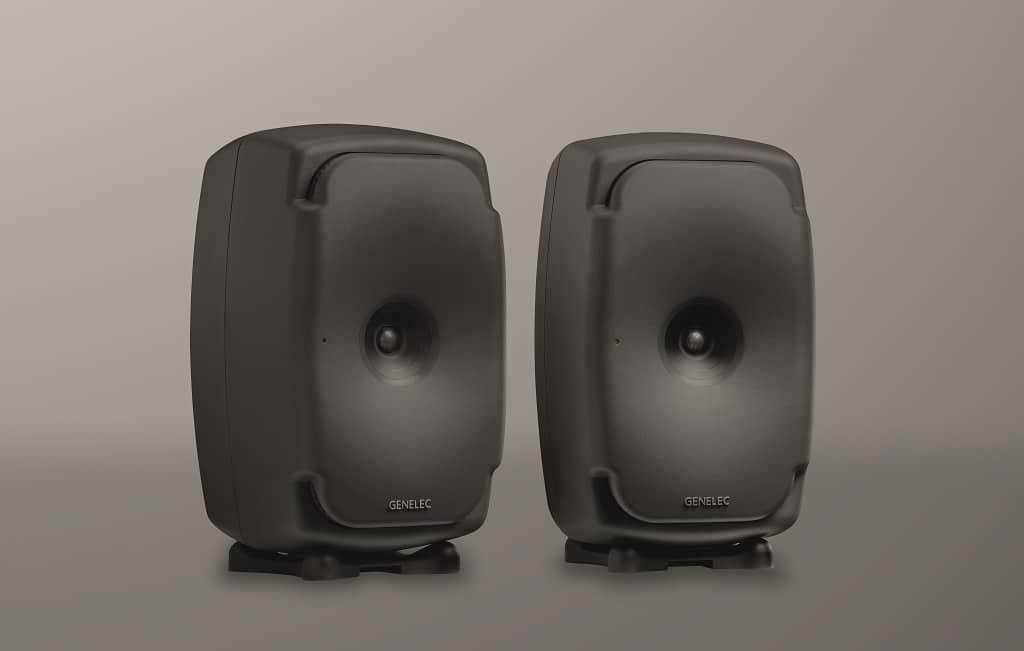This is a review, listening tests and measurements of the Neumann KH150 DSP 2-way studio monitor (active speaker). It is on loan from the company and costs US $1,750 (each).
View attachment 248927
The design language is not changed of course. The main woofer is 6.5 inches now powered by 120 watt dedicated amplifier. While it is about 3X larger than the
KH 80 DSP, it is still light and quite manageable. Here is the back panel with all the expected connections/controls:
View attachment 248928
As bad luck would have it, I yet again managed to test a Neumann speaker during colder weather here (around 56 degrees F). I kept the speaker indoor prior to testing with Klippel NFS speaker measurement system. Reference axis was on the outside top of the woofer.
Neumann KH 150 Speaker Measurements
As usual, we start with our "spin graph" of the anechoic frequency response:
View attachment 248929
I never stop being shocked when I run the computational phase of the Klippel NFS out and pops up a frequency response that is ruler flat! It is as if I am measuring a piece of electronics. There is tiniest bit of shelving down below 200 Hz and a bit of droop at the top end, neither of which Neumann sees in their measurements.
What is uniquely impressive here is the bass extension to incredible 39 Hz for such a small speaker! Very nice.
There is a change in directivity due to Tweeter waveguide which could have probably only been avoided if the crossover point was lower in frequency.
Early window reflections show the classic issue we see in 2-way speakers with vertical directivity not being as good:
View attachment 248930
You can help that as noted with absorption or high distance (from ceiling). Or let it be as vertical dispersion is not as important as horizontal. Predicted-far field response is still quite good:
View attachment 248931
Near-field measurements of the port and drivers shows extremely good control of internal resonances:
View attachment 248932
Most impressive bit is the very low distortion from such a compact speaker:
View attachment 248933
View attachment 248934
Once again, at 86 dBSPL we are talking THD numbers that are in domain of electronics! See how the response essentially hugs the 0 dB axis. Even at 96 dBSPL, speaker is cruising above 100 Hz. Very remarkable.
Horizontal dispersion is a bit narrower at 50 degrees (as opposed to typical 60 degrees in my other tests):
View attachment 248935
View attachment 248936
Vertical dispersion as noted has the classic hole but otherwise, straightens out nicely:
View attachment 248937
CSD waterfall shows very nice control of resonances (as we could tell from spin data):
View attachment 248938
Finally, here is the step response for fans of that:
View attachment 248939
Neumann KH150 Monitor Listening Tests
As usual, I pulled up my female vocals to test for tonality. I was immediate hit with a warm signature that I am not used to hearing with small speakers/monitors. This persisted across many tracks which I contribute to nice bass extension. That led me into thinking subbass response would be good as well. That was not the case. Much of it is filtered due to sharp drop off in response. So for that, you still need a sub or a much larger monitor.
Listening across a range of tracks was a delight. In my near-field listening, the KH 150 could get as loud as I wanted. Bass response (above sub-pass) was substantial and quite clean (unless pushed hard). Detail was excellent as were the dynamics. My reference test track
Io sono metà from the album Musica Nuda was superb:
The detail in strings and the warmth from subtle bass response was to die for.
Conclusions
Even though I expect excellence from Neumann I was still pleasantly surprised by the bass extension, very low distortion and manageable weight and size of the KH 150. The price is up there to be sure but so is the performance. For that cost you get a speaker that will surprise you in how full range it plays yet it is not a giant box on sides of your desk.
It is my pleasure to recommend Neumann KH 150.
-----------
As always, questions, comments, recommendations, etc. are welcome.
Any
donations are much appreciated using
: https://www.audiosciencereview.com/forum/index.php?threads/how-to-support-audio-science-review.8150/




